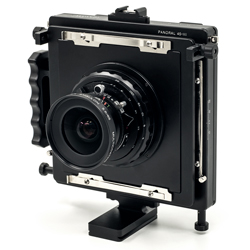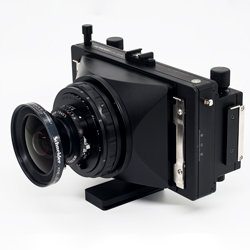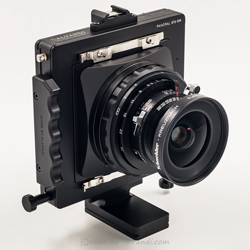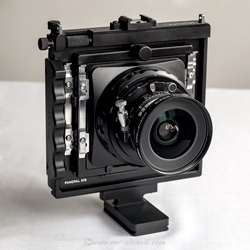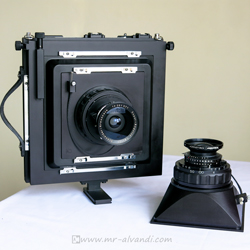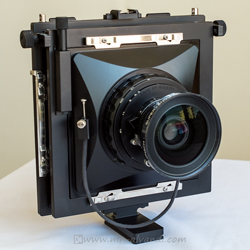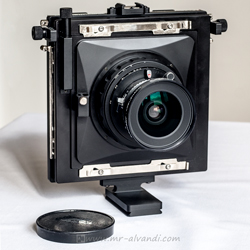Processing black and white film in one step (monobath developing)
Introduction
Always since ancient times, have been considered, monobath developers for photographers. This process has been tested and experienced for many years. This method was first proposed in 1889, and the efforts of many scientists, eventually concluded. In this mixture, developer and fix, mixed in a solution. Thus, the three stages of developing, stopping and fixation, turns into a stage.
During those years, when the basic formulas used, the sensitivity was reduced dramatically and black areas of the negative film were gray, as well as image had a lot of fog. Another monobath problems, was the lifetime of prepared solution. Because the prepared solution lifetime was short so it was very difficult storage condition.
Subsequent investigation led to resolve such problems. And thus presented a variety of prepackaged by the manufacturer.
Monobath developer is not the perfect solution, but for many situations of photography, can deliver very good results.
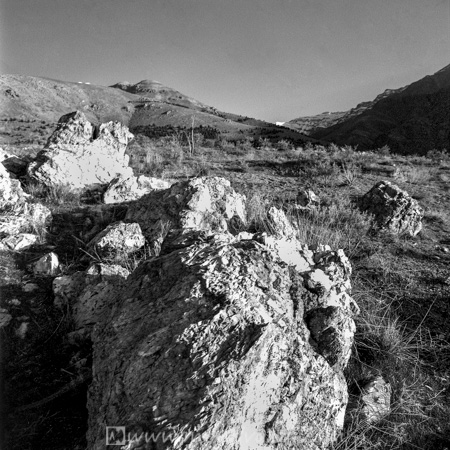
The advantages of monobath developer for black and white negatives
Using the monobath developer, has several important points, which are mentioned below.
1– The time required for a particular film, remains constant and does not change the developing time.
2– Moving the film during develop process, has very little effect on the result.
3– The film grain is exactly the same as the standard method development. (3 stage)
4– Negative obtained, will have needed contrast. Because, precisely calculated balance between developer and fixer.
The last item is particularly important. According on the type of emulsion, should be added sufficient amount of fixer to solution. The balance between the developer and fixer, to be precisely proportional to the emulsion. For each type of emulsion, do some testing is required. So, there is no single monobath solution for general consumption.
Theory
The majority of monobath formula is based on the use of Methol–Hydroquinone or Phenidone–Hydroquinone. However, sodium hydroxide is used as an accelerator a lot. For this reason, is low lifetime developer.
In the formulas were used Phenidone in it, the result is so satisfying, and not have difference with the normal developing in 3 steps.
The amount of sodium sulfite should be high. Because the lack of it will cause reduced performance solution. For this reason, the amount of 50 grams per liter, should be used.
In most formulas sodium aluminate as a buffer (tampon) is used to keeping constant the amount of PH during the developing process.
Usually sodium thiosulfate as a fixing agent used in these solutions.
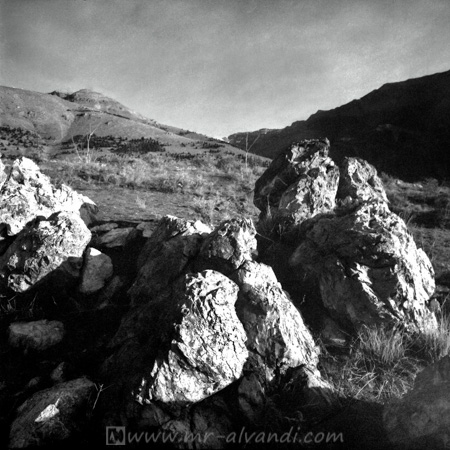
The monobath concentration for developing black and white negatives
One of the most important factors in the monobath solution performance, is concentration. When you mix a normal concentration of a conventional developer, with a normal concentration of a conventional fixer in the solution, the result was not satisfactory.
To obtain the desired result, the concentration of developer should be 5 times the concentration of fixer. This means that if we mix 5 cups of developer with a cup of fixer, and then set the PH to between 11 and 12, the result will be acceptable. Of course, this compound is provided as a basic formula, and for practical purposes, would not be principle.
Monobath formulation for developing black and white negatives
Monobath MM-1 is one of the most famous formulas. This formula in terms of contrast and film speed is almost the same D-76 Kodak. Developing time of the formula will be 7 minutes at 20°C and with stirring 5 seconds for every minute. The formulation of this compound, is in the following table.
| 1 | Water 50° C | 750 ml |
| 2 | Sodium sulphite anhydrous | 50 gr |
| 3 | Phenidone | 4 gr |
| 4 | Hydroquinone | 12 gr |
| 5 | Sodium hydroxide | 4 gr |
| 6 | Sodium thiosulfate pentahydrate (Hypo) | 110 gr |
| 7 | Glutaraldehyde 25% in water | 8 cc |
| 8 | Water | Up to 1000 ml |
| Developing time 7 minutes at 20° C for concentrated | ||
In the MM-1 formula, which is used Phenidone and Glutaraldehyde may not be available for everyone.
I'm using a different formula that is simpler and more accessible.
| 1 | Water 50° C | 750 ml |
| 2 | Metol | 12.9 gr |
| 3 | Sodium sulphite anhydrous | 70.9 gr |
| 4 | Hydroquinone | 25.7 gr |
| 5 | Sodium hydroxide | 25.7 gr |
| 6 | Sodium thiosulfate pentahydrate (Hypo) | 180 gr |
| 7 | Benzotriazole | 10 gr |
| 8 | Water | Up to 1000 ml |
| Developing time 6 minutes at 20° C for concentrated | ||
In this formula, I got a developing time of about 6 minutes at 20° C for 6x9 Forte 200 sheet film.
Sensitivity for this film, decreases the amount of 1.5 to 2 stops. That you should be rectified during the exposure.
Of course, before you use this formula, should be developed a few examples of film you're using, until you achieve developing time.
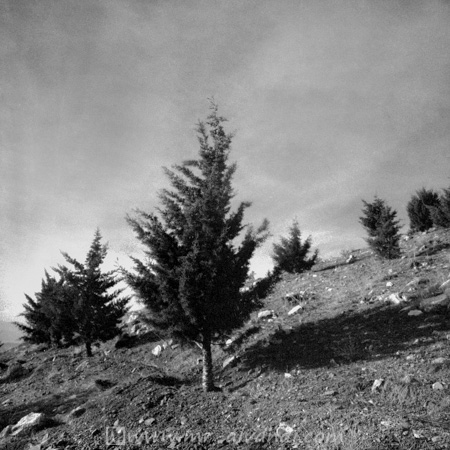
Quality control in Monobath developer
When you use a monobath developer, to change the sensitivity of the film, you should note to PH factor. To obtain the desired result, and fixes bugs and errors, you should consider the following items. This is true for all monobath developers.
Increasing the contrast and sensitivity of the film in the monobath developers
1– Increase the amount of PH. (Increasing the concentration of NaOH)
2– Increase the concentration developing agents. (Increase the amount of hydroquinone and methol)
3– Reduce the concentration of fixing agent. (Reduce the amount of hypo)
4– Increase the solution temperature.
5– for increase the contrast, the amount of hydroquinone, and for increasing the sensitivity of the film, increase the amount of Phenidone or Methol.
Reducing the contrast and sensitivity of the film in the monobath developers
1– Reduce the amount of PH. (Reduce the concentration of NaOH)
2– Increase the concentration of the fixing agent. (Increase the amount of hypo)
3– Increase circulation or rotation of the solution to the maximum amount possible.
4– Instead of using the concentrated solution, dilute it and re-test. (for example dilute solution to 1–1, or other ratios)
A few important recommendations
1– The monobath developers, can be used for a variety of conventional black and white negatives, including Kodak, Ilford, Forte and so on.
2– To obtain the desired result, developing a few sample with constant temperature and different times for a particular film.
3– Remember, always monobath developers, have the constant developing condition for a particular film. So you have to consider the balance between developer and fixer for a particular film precisely and, if necessary, change the amount of fixer to obtain the desired result.
4– To obtain the desired result, and change the composition of the formula, you must change the amount one of the material, thus, the result will be predictable and manageable. So if the contrast was low, reduce the amount of fixer, and if the contrast was high, increase the amount of fixer.
5– For example, for changing the gamma of 0.65 to 1, add an amount of hypo from 180 to 250 grams per liter.
6– Do the safety conditions. NaOH is a strong alkaline substance and very harmful. So use of suitable gloves for developing.
7– Try to use a standard procedure to your work.

